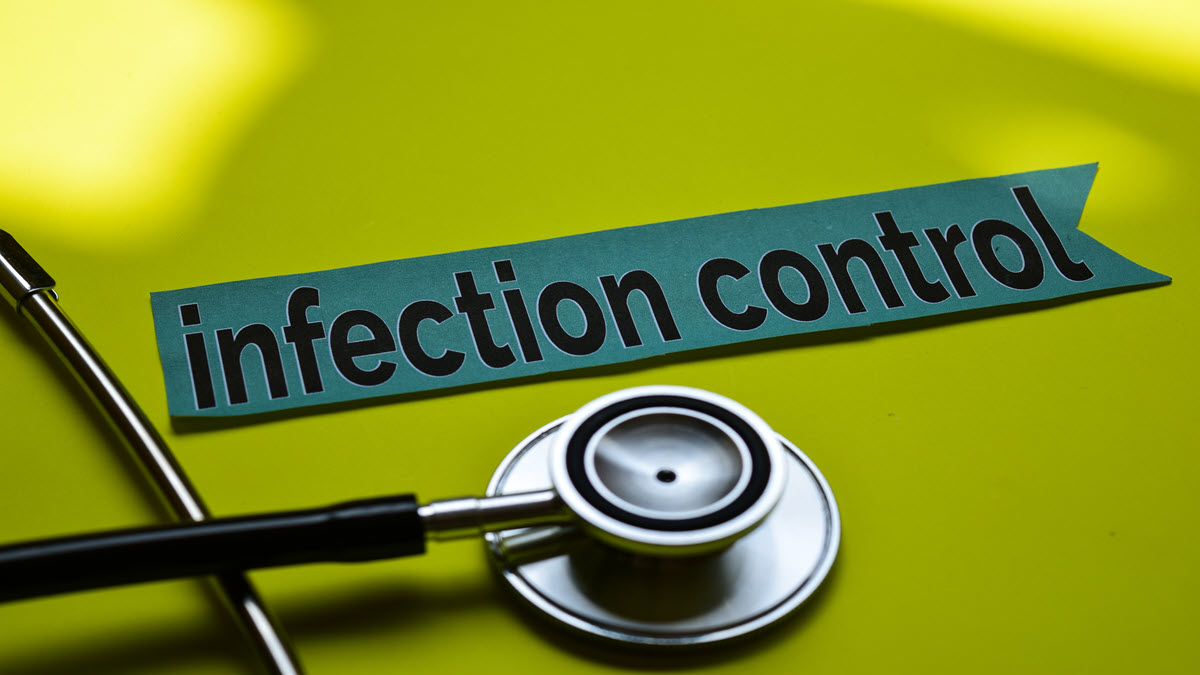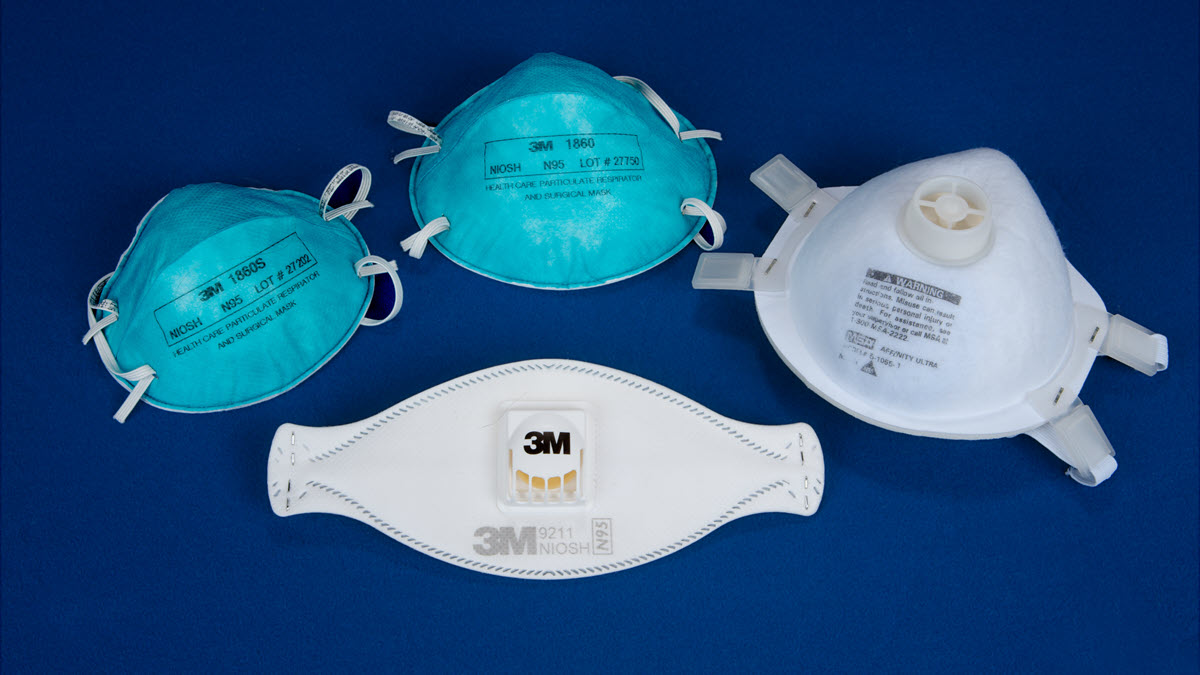At a glance
A tuberculosis (TB) infection control plan is part of a general infection control program designed to ensure prompt detection of patients with infectious TB disease, airborne precautions, and treatment of people who have presumed or confirmed TB disease.

Summary of guidelines
CDC guidelines
The TB infection control program should be based on a three-level hierarchy of control measures:
- Administrative measures
- Environmental controls
- Use of respiratory protective equipment
In all health care settings, particularly those in which people are at high risk for exposure to TB, policies and procedures for TB control should be developed, reviewed periodically (annually, if possible), and evaluated for effectiveness to determine the actions necessary to minimize the risk for transmission of TB.
Evalution could include:
- Unanticipated or incorrectly managed TB exposures in the facility,
- Infections of health care personnel or patients because of exposures in the facility,
- Operational problems, or
- Other factors as determined by person or group with the responsibility for TB infection control.
Guideline details
Administrative controls are the first and most important level of the hierarchy. These are management measures that are intended to reduce the risk or exposure to persons with infectious TB.
These control measures consist of the following activities:
- Assigning a person or a group (with expertise in TB, infection control, occupational health, environmental controls, and respiratory infection) the responsibility for TB infection control in the health care setting;
- Conducting a TB risk assessment of the setting;
- Developing and implementing a written TB infection control plan;
- Ensuring the availability of recommended laboratory processing, testing, and reporting of results;
- Implementing effective work practices for caring for patients who may have TB disease;
- Ensuring proper cleaning, sterilization, or disinfection of equipment that might be contaminated with TB bacteria (e.g., endoscopes);
- Educating, training, and counseling health care personnel, patients, and visitors about TB infection and TB disease;
- Screening health care personnel for TB upon hire, baseline testing for TB infection, and re-evaluating personnel following occupational exposures to TB;
- Applying epidemiology-based prevention principles, including the use of setting-related TB infection-control data;
- Using posters and signs to remind patients and staff of proper cough etiquette and respiratory hygiene (covering mouth when coughing) or offering surgical or procedure masks to patients); and
- Coordinating efforts between local or state health departments
The second level of the hierarchy is the use of environmental controls to prevent the spread of airborne TB bacteria by reducing the concentration of infectious droplet nuclei. This includes two types of environmental control.
- Primary environmental controls consist of controlling the source of infection by using local exhaust ventilation (e.g., hoods, tents, or booths) and diluting and removing contaminated air by using general ventilation.
- Secondary environmental controls consist of controlling the airflow to prevent contamination of air in areas adjacent to the source airborne infection isolation (AII) rooms; and cleaning the air by using high efficiency particulate air (HEPA) filtration, or ultraviolet germicidal irradiation.
The third level of the hierarchy is the use of respiratory-protection control. It consists of the use of personal protective equipment in situations that pose a high risk of exposure to TB disease (such as entering rooms with or transporting patients with presumed or confirmed infectious TB disease, cough-inducing, or aerosol-generating procedures).
Use of respiratory protection equipment can further reduce risk the risk of infection of health care personnel with infectious droplet nuclei that have been expelled into the air from a patient with infectious TB disease.
The following measures can further reduce the risk of infection:
- Implementing a respiratory protection program;
- Training health care personnel on respiratory protection; and
- Educating patients on respiratory hygiene and cough etiquette procedures (such as posters and signs to remind patients to cover their mouth when coughing or offering surgical or procedure masks to patients).
Implementing a respiratory protection program
The Occupational Safety and Health Administration (OSHA) requires the development, implementation, administration, and periodic reevaluation of a respiratory protection program in health care settings.
The most critical elements of a respiratory protection program include:
- Assignment of responsibility,
- Training, and
- Fit testing.
Respiratory protection programs should include all health care personnel who use respirators for protection against M. tuberculosis infection. For a complete list, please refer to CDC Guidelines for Preventing the Transmission of Mycobacterium tuberculosis in Health-Care Settings.
The health care setting should develop a policy on the use of respirators by visitors. Visitors to AII rooms and other areas with patients who have suspected or confirmed infectious TB disease may be offered respirators (e.g., N95 disposable respirators). Health care personnel should instruct visitors on the use of the respirator before entering an AII room.
To be effective and reliable, respiratory protection programs must include at least the following elements:
- Assignment of responsibility to one person with sufficient knowledge who is given the authority and responsibility to manage all aspects of the program.
- Standard operating procedures that include information and guidance for the proper selection, use, and care of respirators.
- Screening by a physician or other licensed health-care professional of all health care personnel who might need to use a respirator for pertinent medical conditions at the time they are hired, and then re-screening periodically.
- A model framework for medical evaluation request and questionnaire for users of N95 disposable respirators is available in CDC Guidelines for Preventing the Transmission of Mycobacterium tuberculosis in Health-Care Settings.
- Annual training of health care personnel enrolled in a respiratory protection program, including:
- Nature, extent and hazards of TB disease in the health care setting,
- Risk assessment process and its relation to the respirator program,
- Signs and symbols used to demonstrate the respirators are required in an area, and
- Reasons for using respirators and their operations, capabilities, limitations, and care.
- Selection of filtering facepiece respirators approved by CDC/NIOSH. These include nonpowered respirators with N95, N99, N100, R95, R99, R100, P95, P99, and P100 filters (including disposable respirators); and powered air-purifying respirators (PAPRs) with high-efficiency filters.

- Fit testing performed during the initial respiratory protection program training and periodically thereafter, in accordance with federal, state, and local regulations.
- Inspection and maintenance of respirators according to manufacturer instructions.
- Evaluation of the respirator program periodically to ensure its continued effectiveness.
About the guidance
Follow your state regulations.
CDC recommendations do not override or replace state regulations. State and local regulations may differ to meet local needs.
Contact your state TB control program for the regulations in your state.
In 2019, CDC and the National Tuberculosis Coalition of America (NTCA) released updated recommendations on the frequency of TB screening, testing, and treatment for health care personnel.
For CDC guidance on facility risk assessments and infection control practices, refer to the Guidelines for Preventing the Transmission of Mycobacterium tuberculosis in Health-Care Settings, 2005 and Additional FAQs for Clarification of Recommendations in the Guidelines.
- Jensen PA, Lambert LA, Iademarco MF, Ridzon R. Guidelines for preventing the transmission of Mycobacterium tuberculosis in health-care settings, 2005. MMWR Recomm Rep 2005;54(No. RR-17). https://www.cdc.gov/mmwr/preview/mmwrhtml/rr5417a1.htm
- Sosa LE, Njie GJ, Lobato MN, et al. Tuberculosis Screening, Testing, and Treatment of U.S. Health Care Personnel: Recommendations from the National Tuberculosis Controllers Association and CDC, 2019. MMWR Morb Mortal Wkly Rep 2019;68:439–443. DOI: http://dx.doi.org/10.15585/mmwr.mm6819a3
